Have you ever wondered why the Wi-Fi on your phone automatically connects when you get home? It’s because network devices like routers use MAC addresses( unique identifiers hardwired onto network interface cards) to recognize trusted devices. But MAC addresses aren’t always permanent.
As you connect more of your smart home devices, you may start to notice some stop working with your router’s automatic connection. MAC addresses can change for a few reasons, but the main ones are replacing a network card or intentionally spoofing your MAC address for privacy. For those concerned about privacy, you can spoof or clone your MAC address to mask your device’s identity. But for most casual internet users keeping an eye on their smart home, understanding why a MAC address may suddenly change can help troubleshoot and get you back online fast.
Table of Contents
What Is a MAC Address?
A MAC address is a unique identifier assigned to a network interface controller (NIC) for communications on a network. It’s like an ID number that helps distinguish your device from others.
MAC stands for Media Access Control. MAC addresses are hardwired into a device by the manufacturer and can’t be changed. They contain 6 groups of 2 hexadecimal digits, like AB:CD:EF:01:23:45.
MAC addresses are used to facilitate communication between networked devices. They ensure data is sent to the proper recipient and help prevent conflicts between devices. MAC addresses operate at the data link layer of the OSI model, which means they are used for communications on a local network.
While the MAC address itself doesn’t change, it can be spoofed to hide a device’s true identity or impersonate another device. Some people do this to gain unauthorized access to network resources. However, for normal operations, a device’s MAC address remains permanent to maintain proper network functionality.
Do MAC Addresses Change?
MAC addresses can change under certain circumstances.
When Devices Are Replaced
If you replace your network interface card (NIC) or router, the new device will have a different MAC address. The MAC address is tied to the physical hardware, so when you swap it out, the address changes.
When Software Is Updated
In rare cases, a firmware or software update may alter a device’s MAC address. This usually only happens when there’s an issue with the original MAC, but it’s possible an update may trigger a change.
When Privacy Is A Concern
Some devices allow you to spoof or manually change the MAC address. This is often done for added privacy and security. The ability to spoof a MAC address depends on the operating system and network device in use.
Why You Might Want to Change Your MAC Address?
There are a few reasons why you may want to change your MAC address.
Privacy and Security
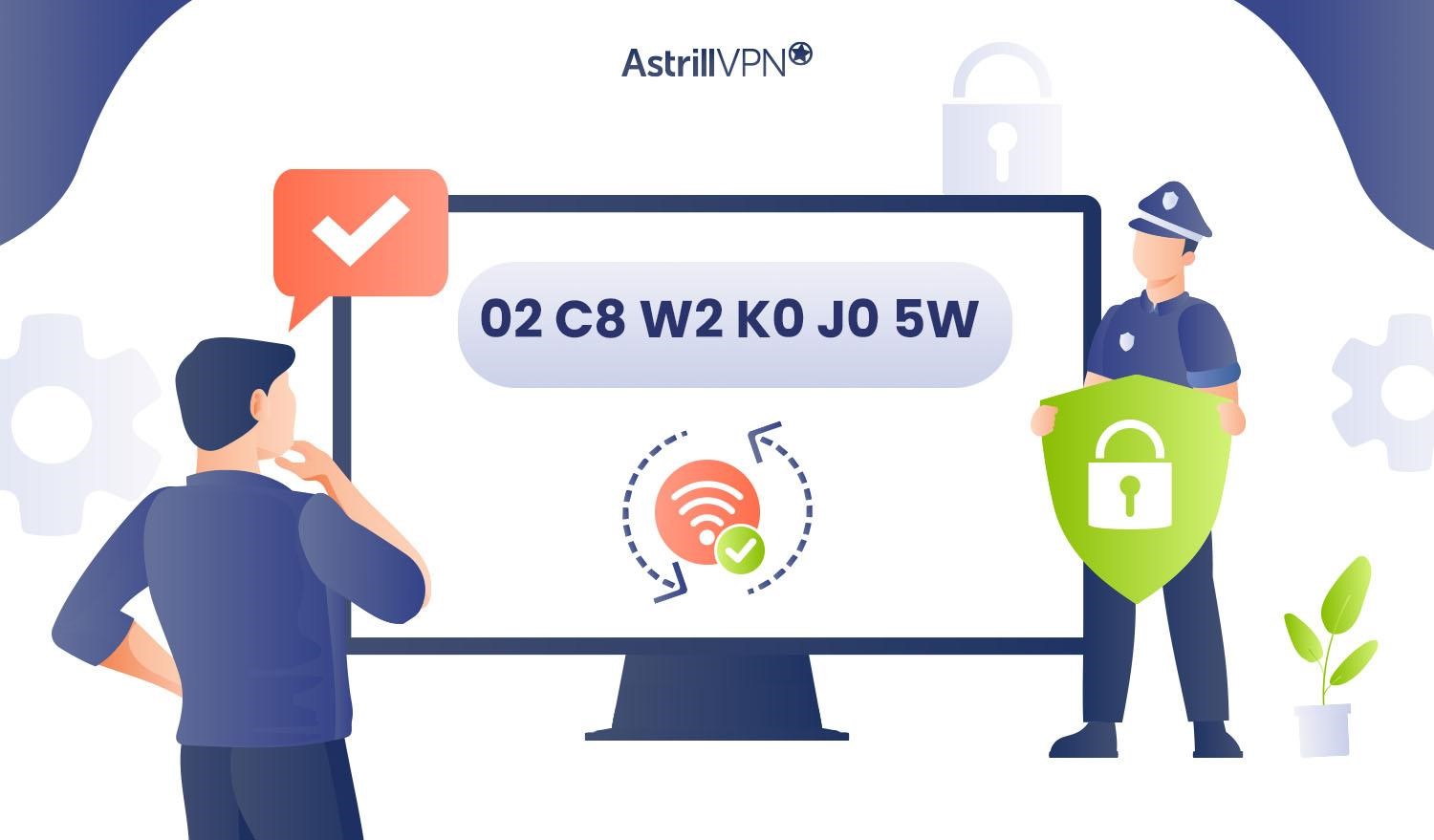
Your MAC address can be used to track your internet activity and location. Changing it helps prevent others from monitoring what websites you visit or pinpointing your physical address. This adds an extra layer of privacy and security for your network and devices.
Network Access
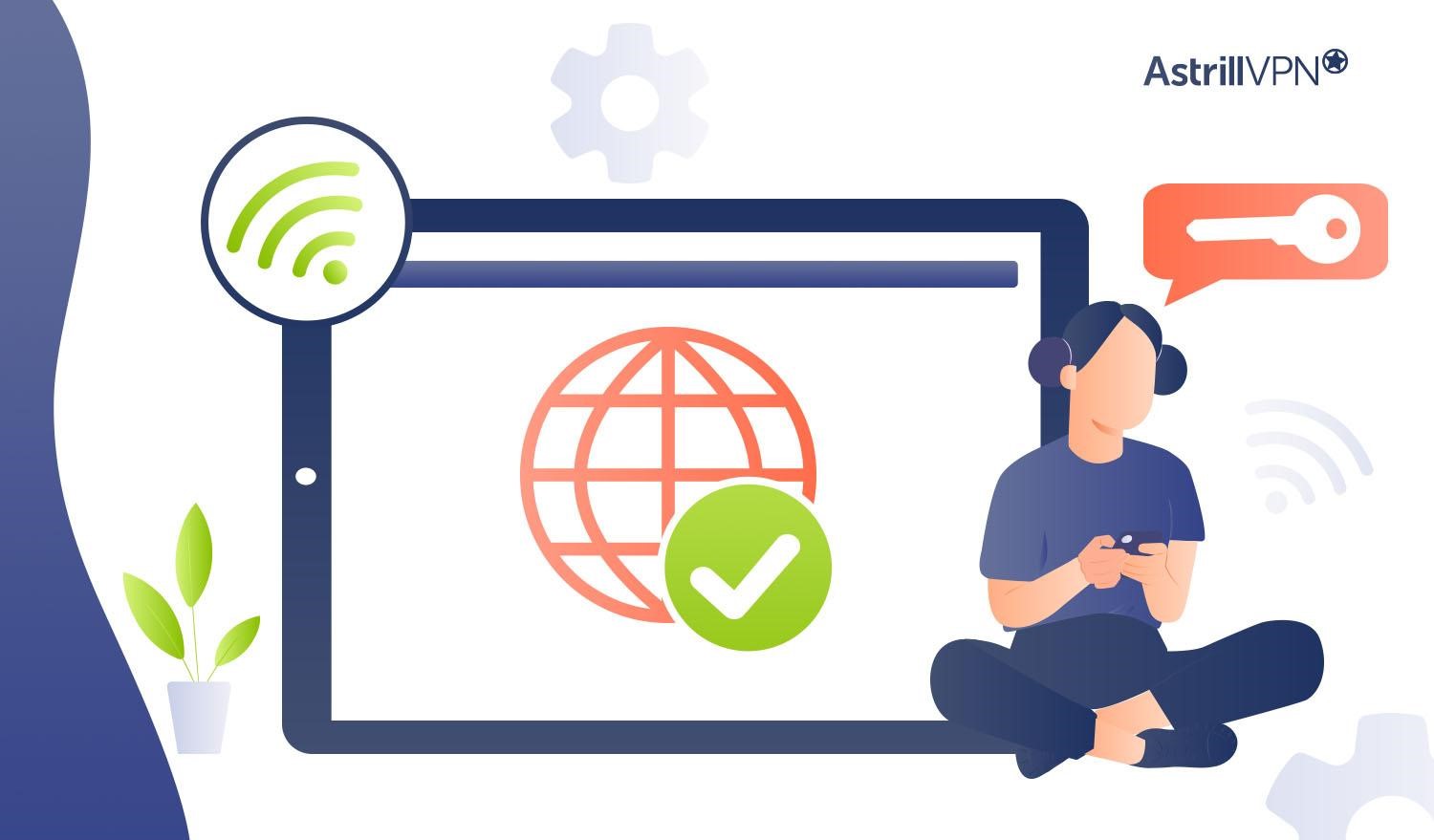
Some wireless networks will block access based on a device’s MAC address. If your network is restricting your PC, gaming console or other tech, altering the MAC address can trick the network into thinking it’s a different device and granting you access.
Troubleshooting Issues
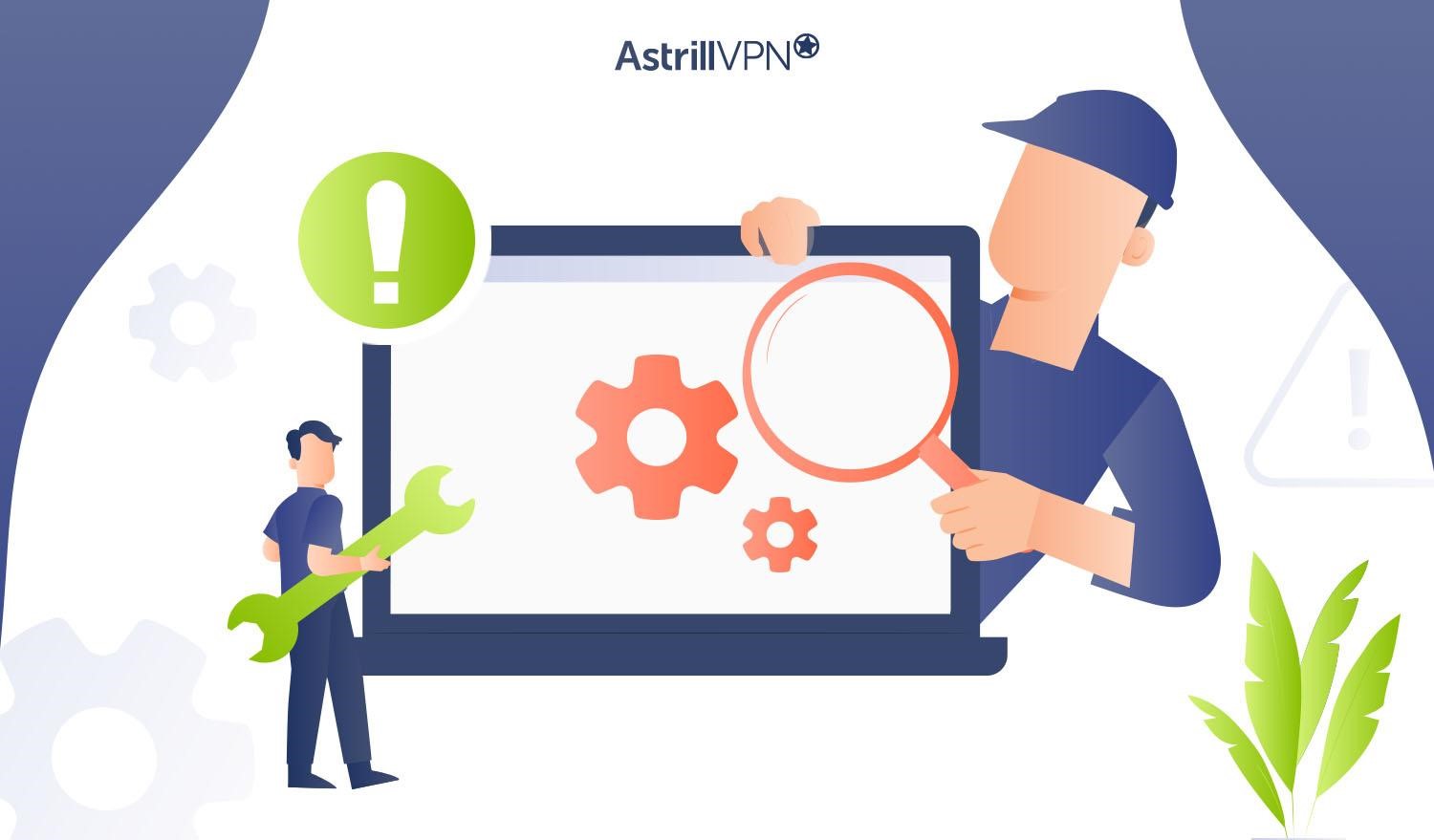
In rare cases, a MAC address conflict with another device on the network can cause connectivity problems. Changing your MAC address eliminates that conflict and can fix issues like limited or no network access.
How to Hide MAC Address?
To hide MAC address, you have a few options.
Change Your Wi-Fi Adapter Settings
If you have a Windows PC, you can manually change your Wi-Fi adapter’s MAC address through your network settings.
Go to Control Panel > Network and Sharing Center > Change Adapter Settings.
Right-click your Wi-Fi adapter and select Properties.
Select the Advanced tab, and under Property select Network Address.
Click the Value field and enter a new MAC address, then click OK.
Use a MAC Address Changer App
For Windows, Mac, or Android devices, you can download an app specifically designed to spoof your MAC address. Popular options include Technitium MAC Address Changer, SMAC, and Mac Makeup. These tools allow you to generate a random MAC address or enter your own to mask your actual address. Be aware that some networks may detect and block MAC address spoofing.
In the end, hiding your MAC address comes down to weighing privacy concerns versus potential network issues. For most casual use on public Wi-Fi, using a VPN or adapter settings change should work fine to cloak your MAC address and browsing data from prying eyes. But on secured home or workplace networks, spoofing your address could lead to connectivity problems.
What is the difference between a MAC and an IP address?
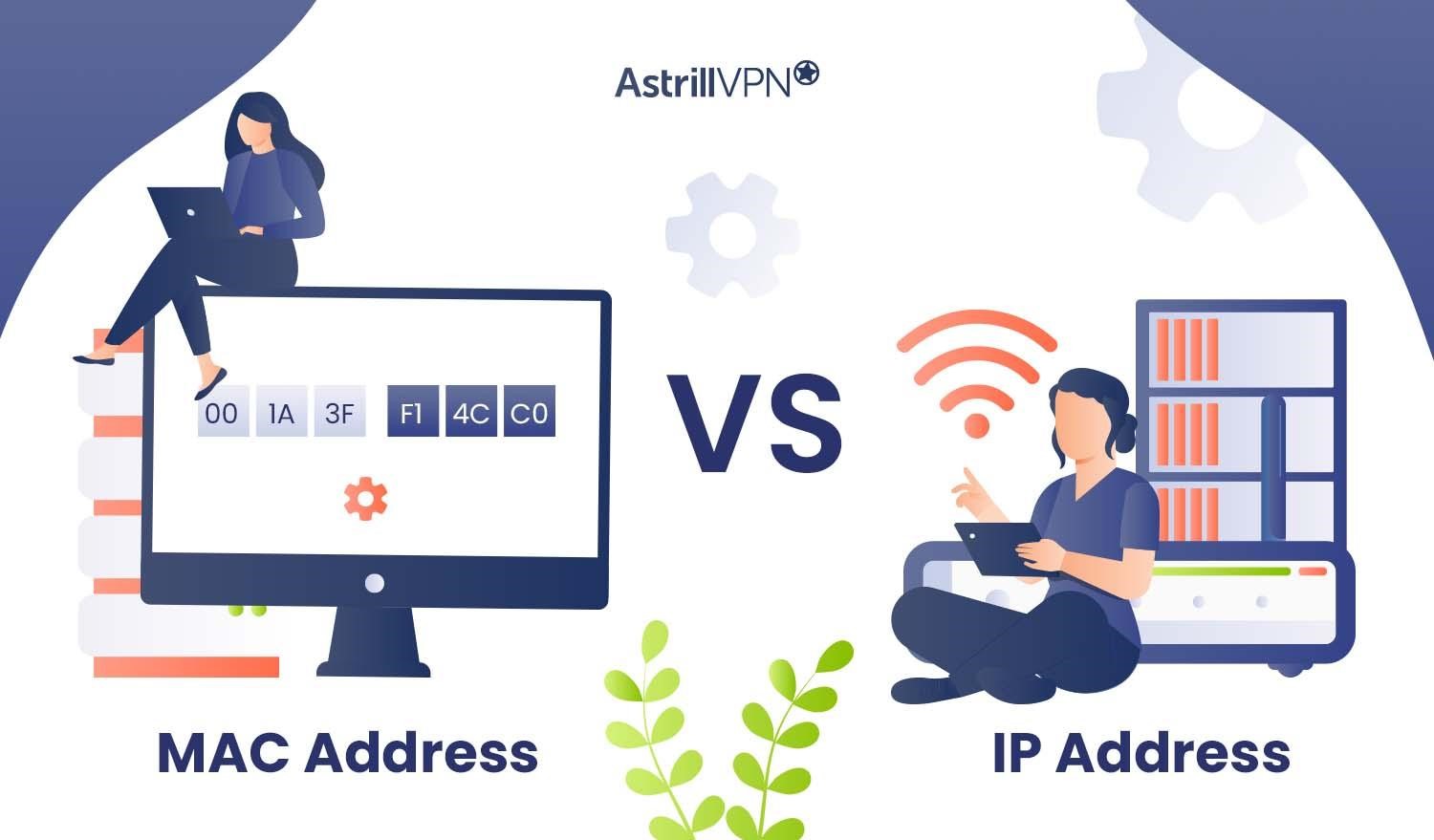
A MAC address is a unique identifier assigned to a network interface controller (NIC) for communications on a network. It’s permanent and hard-coded on a device by the manufacturer. An IP address, on the other hand, is a temporary logical address that is assigned either dynamically or statically to a device on a network.
MAC addresses are needed for local network communications using Ethernet or Wi-Fi. IP addresses are needed for communications over a larger network like the public Internet.
On a local network, devices use MAC addresses to find and communicate directly with each other. The router then uses IP addresses to route data between the local network and external networks. So when you connect a new device like a laptop to your Wi-Fi, the router will assign it an IP address, but the device’s MAC address remains unchanged.
How Should I find my MAC address?
Finding your MAC address on various devices and operating systems is pretty straightforward. Here are the basic steps to locate your MAC address:
On Windows
- Open the Command Prompt app as an administrator.
- Type “ipconfig /all” and press Enter.
- Find the Physical Address listing for your Wi-Fi adapter—it will be a series of six groups of two hexadecimal numbers, like AA:BB:CC:11:22:33.
- That’s your MAC address! Write it down for future reference.
On Mac
- Click the Apple menu and select “System Preferences”.
- Click “Network”.
- Select “Wi-Fi” from the list on the left.
- Click “Advanced”
- The “Wi-Fi Address” is your MAC address. It appears as six pairs of numbers and letters, separated by colons, like AA:BB:CC:11:22:33.
On Android
- Go to Settings → About phone.
- Tap “Wi-Fi MAC address”.
- Your MAC address will appear as six groups of two hexadecimal numbers, like AA:BB:CC:11:22:33.
On iOS
- Go to Settings → General → About.
- Tap “Wi-Fi Address”.
- Your iOS device’s MAC address will be displayed as six pairs of numbers and letters, separated by colons, like AA:BB:CC:11:22:33.
Knowing how to find your MAC address on the various devices you use can come in handy for tech support, networking, and other IT issues.
How to protect your MAC address?
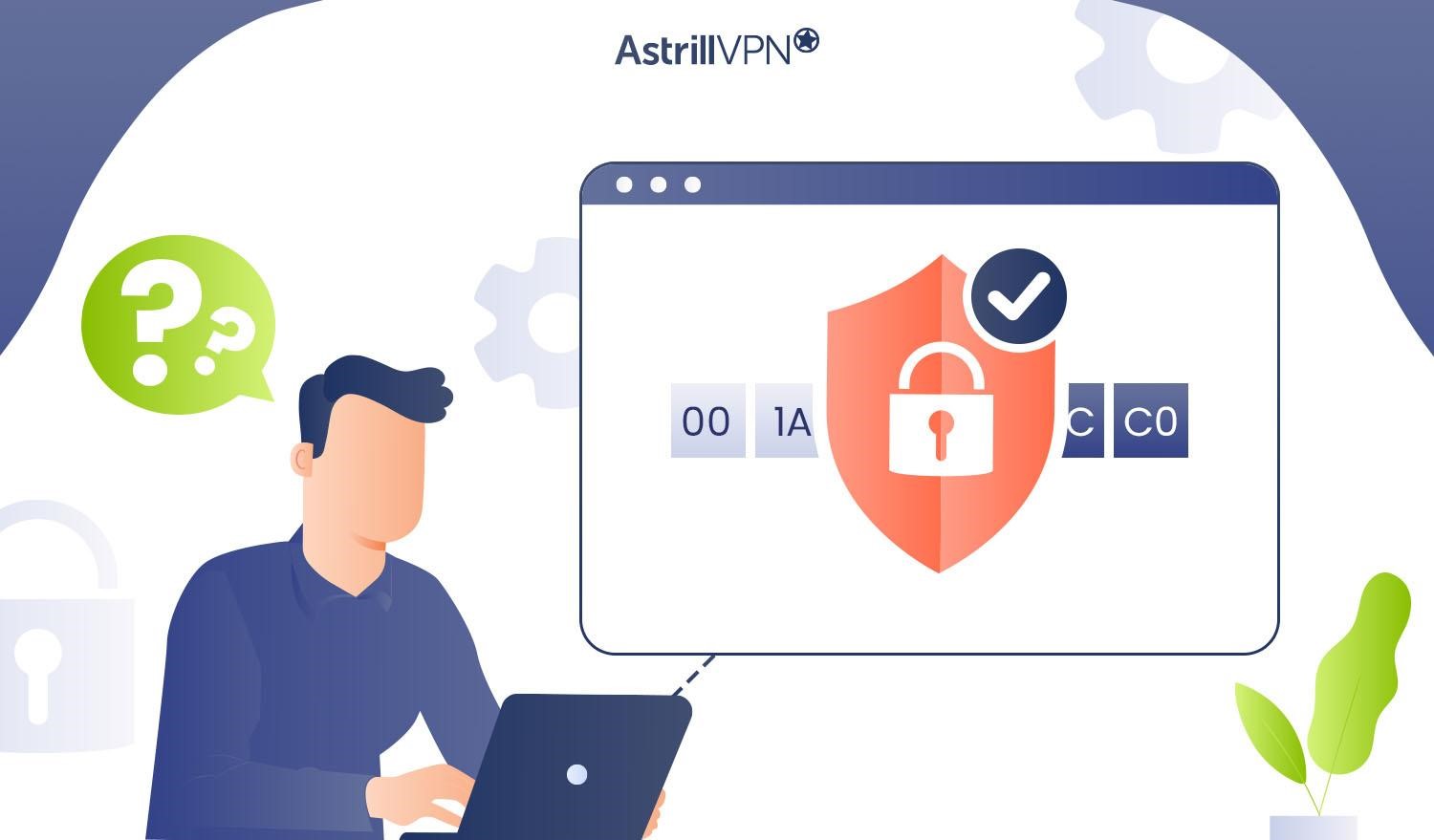
While MAC addresses are designed to be permanent, there are a few ways they can change.
MAC Spoofing
Some people may want to spoof or mask their real MAC address to hide their identity or location. Spoofing means temporarily changing your MAC address to a random address. It’s typically done through software that allows you to enter a new MAC address. However, spoofing does not provide real anonymity and is not a long-term solution.
To help prevent spoofing, you can enable MAC address filtering on your Wi-Fi router. This will block any device from connecting that does not have an approved MAC address. You should also be cautious about downloading any software that claims it can permanently change your MAC address, as this is not actually possible and could contain malware.
The only way to truly change your MAC address permanently is to replace your network adapter hardware. But for most users, there is no need to change your MAC address, and it’s best left alone for security and network management reasons.
Can a VPN change your MAC address?
No, it can’t. MAC address is assigned by hardware manufacturer but VPN can’t change it. When you connect to a VPN, the service assigns you an alternate IP address to mask your real one for privacy. This helps prevent your internet service provider (ISP) or anyone else from tracking the websites you visit or intercepting your online communications based on your IP address.
AstrillVPN has worldwide servers in 57 countries which allows you to enjoy privacy and surf without worry. It has excellent features and tools for protecting your data while connected to VPN. For the strongest privacy, use a VPN in combination with other protective measures like encryption, two-factor authentication, and incognito browsing.
Does MAC address change with wifi?
The short answer is no. Your MAC address is hardcoded into your network interface card (NIC) by the manufacturer and does not change.
However, the MAC address that is broadcast by your device can change in some situations:
- When you enable MAC address randomization on your wifi router or device. This is a privacy feature that regularly changes the broadcast MAC address to prevent tracking. Your actual MAC address remains the same.
- When you use a VPN or proxy service. These services often mask your real MAC address and broadcast a different one to obfuscate your online identity. Again, your true MAC address stays the same.
- If you install a new NIC or network interface in your device. Since each NIC has a unique MAC address, replacing your NIC will also change the MAC address.
In normal operation, your MAC address remains static and unchanging. It is an essential part of how networks identify and communicate with connected devices. While the broadcast MAC address may be temporarily obscured or randomized at times for privacy reasons, your actual MAC address is permanent to your network interface hardware.
Frequently Asked Questions
MAC addresses are assigned for life – they do not expire or change on their own. The MAC address is hard-coded into your network device by the manufacturer. However, in some cases the MAC address can be manually changed, for example, if you replace your network card or router. Some devices also allow you to change the MAC address in the settings.
Most network devices like computers, phones and routers only have one MAC address. However, it is possible for a device to have multiple network cards, each with its own unique MAC address. Virtual machines can also have their own virtual MAC addresses separate from the host computer.
MAC addresses are designed to be globally unique, so the chance of MAC address repetition is extremely small. However, because there are a limited number of possible MAC addresses (around 281 trillion), reuse is possible. Some measures have been put in place to minimize duplication, but there is still a tiny possibility of repetition, especially with very old devices. If a duplicated MAC address is detected, it usually causes connectivity issues that require manually changing one of the addresses.
Conclusion
MAC addresses are tied to your network devices and typically stay the same, but they can change under certain circumstances like replacing your router or network card. While MAC addresses are designed to be permanent, providing a way to uniquely identify devices on a network, they aren’t always as static as you might expect. At the end of the day, don’t stress too much about your MAC address changing on you. As long as your network is set up properly and your devices can still communicate, a MAC address change here and there is usually nothing to worry about.


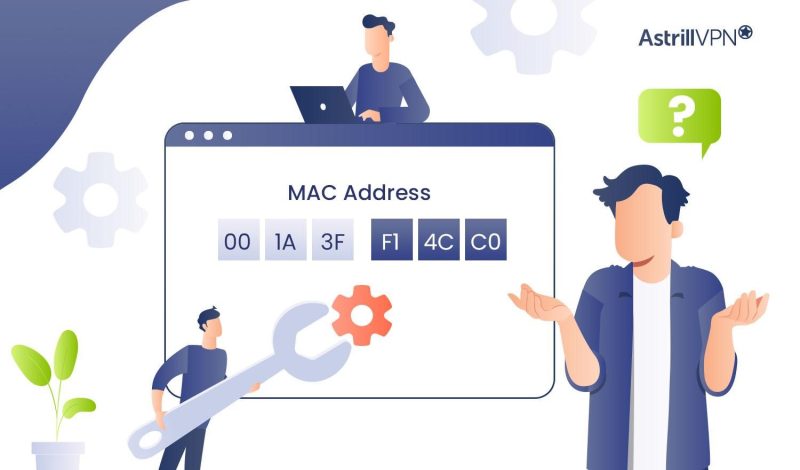
No comments were posted yet